This collection of lesson plans and engaging activities can be utilized by teachers and educators of various grade levels, youth organizations, and others to educate students and young people about ocean acidification. Explore this issue through case studies, activity books, interactive stories, and more.
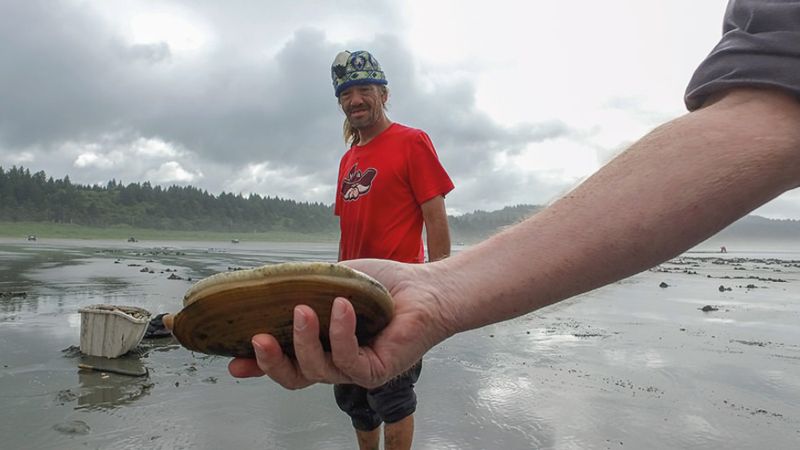
Students conduct an experiment to examine the effects of acidic solutions on shells. They explore causes of ocean acidification and impacts on marine life, including the impacts of acidified seawater on bivalves, such as clams, mussels and oysters. They also discuss ways of reducing levels of carbon dioxide in the atmosphere to mitigate the problem.
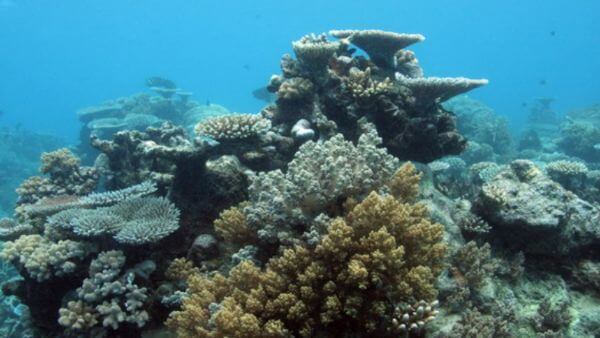
In this lesson students will explore the effects of acidic oceans on certain marine organisms, in the ocean food web, and to humans. Students will conduct a science experiment using the scientific method to see the effects of increased acidity on certain species. They will also investigate the causes for increased ocean acidity and discuss ways to minimize the impact as an individual and as a society.
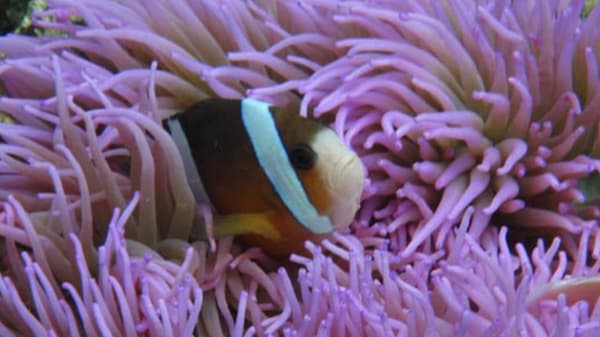
This lesson focuses on understanding the impacts of ocean acidification on the olfactory senses of clownfish. Students will be able to define ocean acidification and understand how specific species such as the clownfish may be affected by the increasing acidity of the ocean.
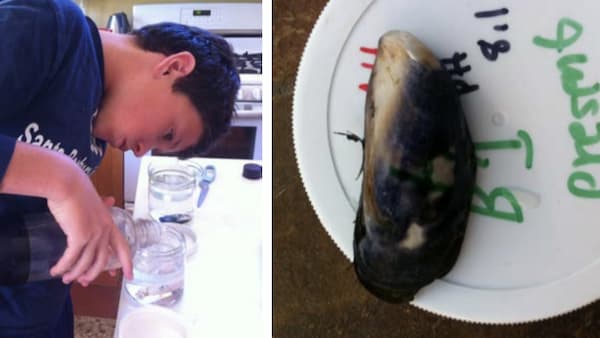
This lesson focuses on understanding the impacts of acidified seawater on mussel and oyster shells. Students will run experiments exposing shells with seawater at different levels of acidity representing current and potential future ocean conditions.
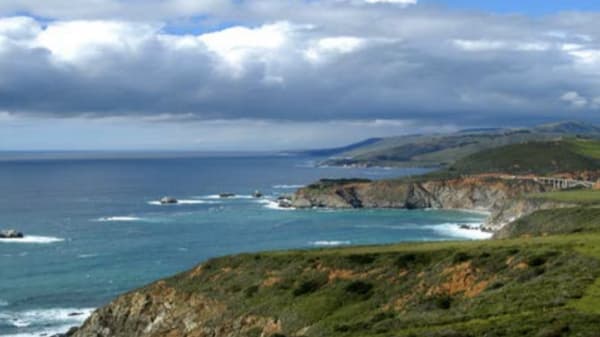
About a quarter of the carbon dioxide emitted into the atmosphere from the burning of fossil fuels, ends up in our ocean. Carbon dioxide is an “acid gas” and causes the ocean to increase in acidity, which is represented by a lower pH.
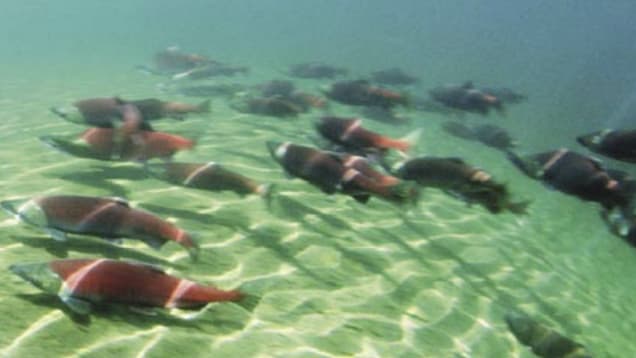
Human actions on land are connected to changes in the atmosphere, and thus, the ocean. The health and survival of ocean creatures is at risk because of the change in the ocean’s chemical composition due to additional carbon dioxide that is dissolved into sea water from the burning of fossil fuels and land use changes.
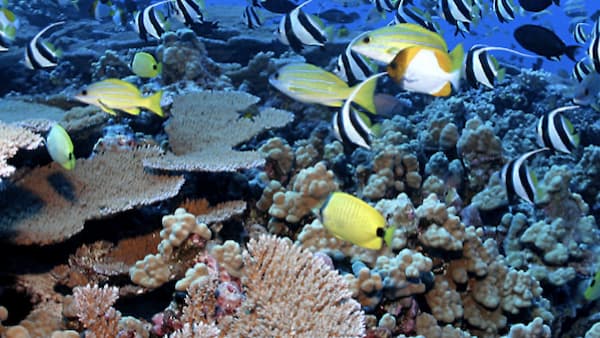
Coral reefs are extremely important ecosystems to both marine organisms and humans. The health of coral reefs and the organisms that live within them is at risk because of the change in the ocean’s composition due to additional carbon dioxide that is dissolved into sea water from the burning of fossil fuels and land use change.
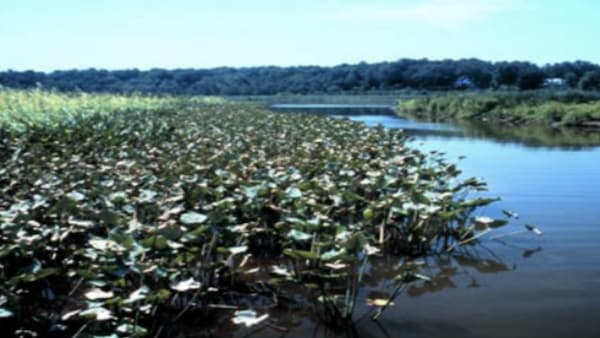
Through this activity, students will be able to understand and value the importance of how human activities influence the chemistry and thus health of the ocean ecosystem and organisms and understand and value the importance of how changes in ocean ecosystems affect marine life (specifically calcium carbonate shell and building) and human life.
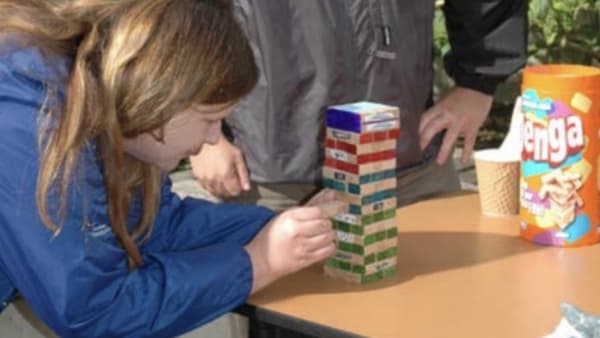
Students will use the game Jenga to learn about the marine food web and how small changes in the food web can have large effects on other organisms.
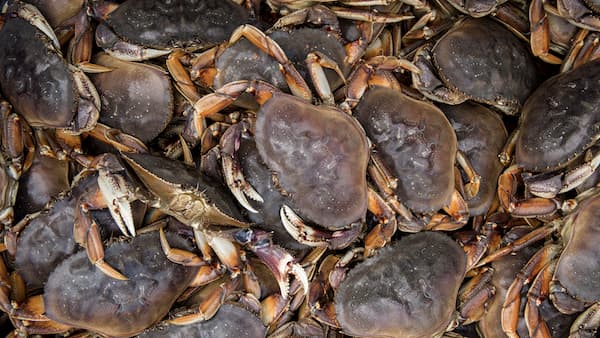
Dungeness crab is a valuable species throughout the national marine sanctuaries of the West Coast from Washington state through California. This communication toolkit is designed for educators and communicators to use to teach others about the impact of ocean acidification on Dungeness crab.
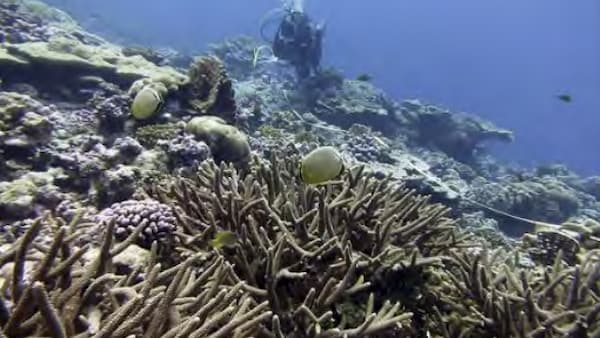
Students will research the ecology of coral reefs, natural and anthropogenic threats to corals, and the science of coral restoration. In pairs, students will design and make an argument for a proposed new coral nursery to be placed within Florida Keys National Marine Sanctuary.
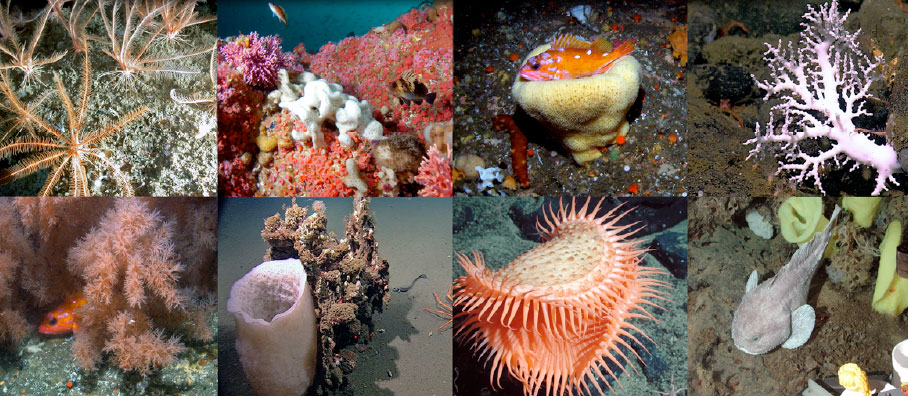
This curriculum takes students into the deep sea to identify the soft corals, hard corals, invertebrates and fish found in these communities and to investigate the unique biology of deep-sea corals. Learn the threats these animals face and what we can do to help protect them.
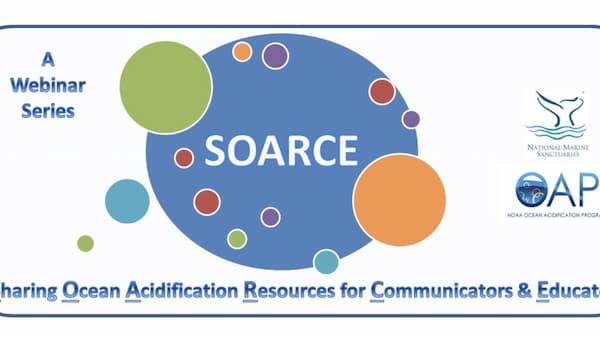
The Channel Islands National Park and Channel Islands National Marine Sanctuary Ocean Acidification Curriculum is a series of middle school lessons about ocean acidification that use the Park and Sanctuary as the backdrop for learning about ocean acidification.
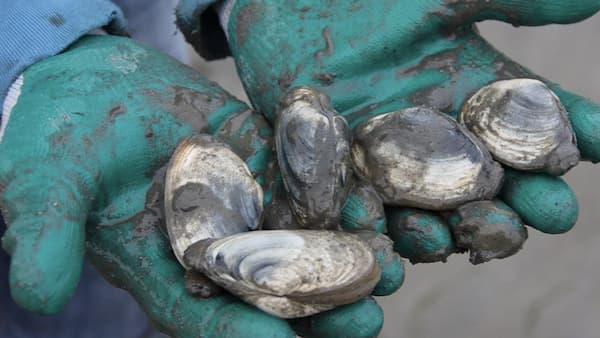
Carbon dioxide in the atmosphere is rising, but what does this mean for the world's ocean? Using data from NOAA, students will explore relationships between carbon dioxide, ocean pH and aragonite saturation state.
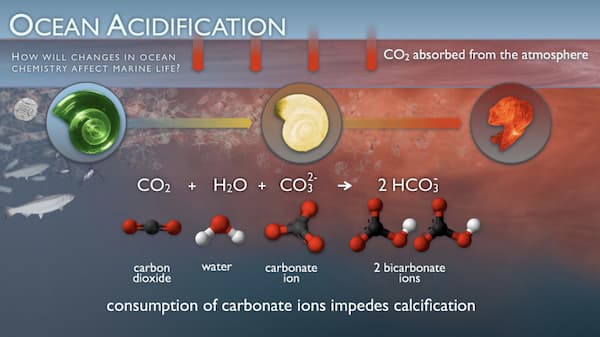
OA education resources are distributed across many websites and program offices at NOAA and partner websites. This portal is designed to help you access these resources from one location. Check out NOAA’s OA Resource Collection.
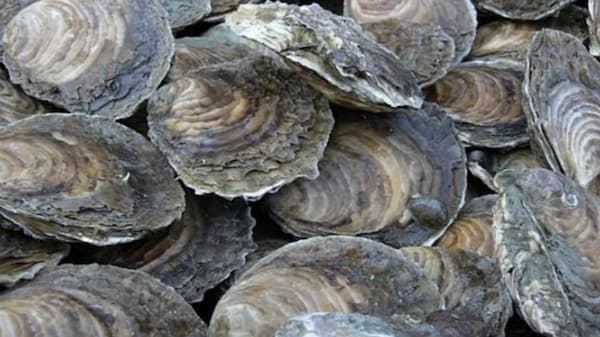
The world's ocean is absorbing carbon dioxide at an unprecedented rate and the resulting acidification is transforming marine ecosystems.
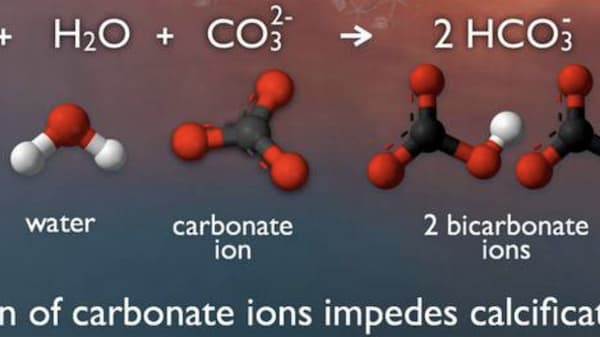
This site has a potentially helpful background on the complex chemical interactions and impacts of carbon dioxide from the atmosphere on the marine ecosystem. Additionally, this site provides links to papers, data, and graphs, which will aid further investigation.
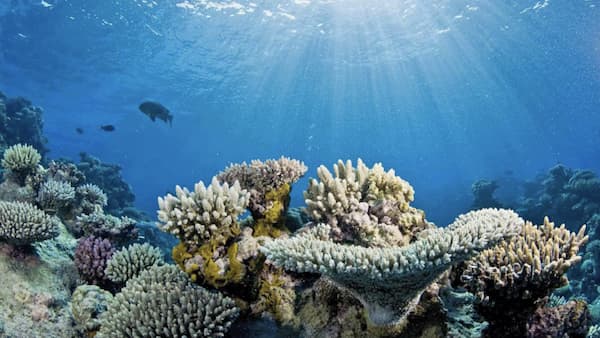
Coral reefs are one of the most diverse ecosystems on the planet. In this module, students will use real data to investigate the consequences of rising sea surface temperature on coral reefs. They will also consider the importance of coral reefs in their own lives.
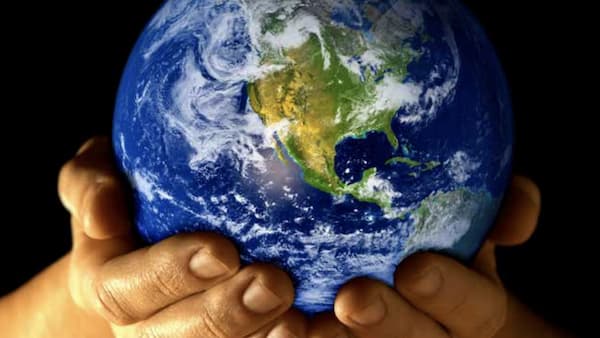
Climate Science Literacy is an understanding of your influence on climate and climate’s influence on you and society. Utilize this resource to engage students in climate focused activities, including how carbon dioxide makes the ocean increase in acidity, the greenhouse effect, and more.
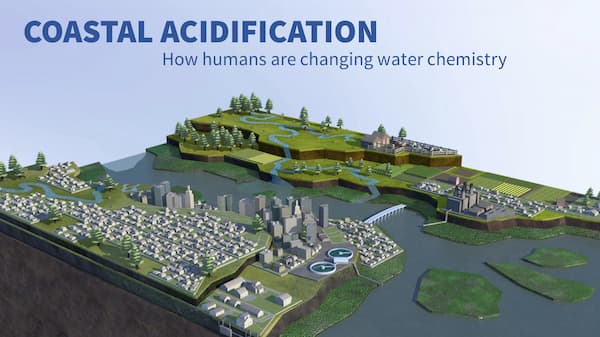
Utilize this animated interactive activity to learn about the process of coastal acidification, fossil fuels, the impact of acidification on animal species, solutions to this problem, and more.
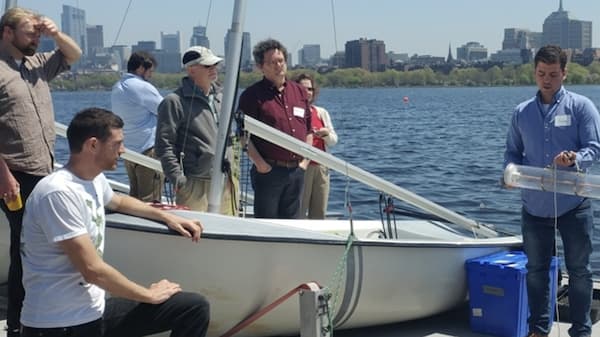
The Ocean Acidification Information Exchange is an online community for professionals involved with or interested in the topics of ocean and coastal acidification (OCA). Our mission is to respond and adapt to OCA by fostering an online environment built on trust, where our members feel empowered to ask, answer, and learn from one another.
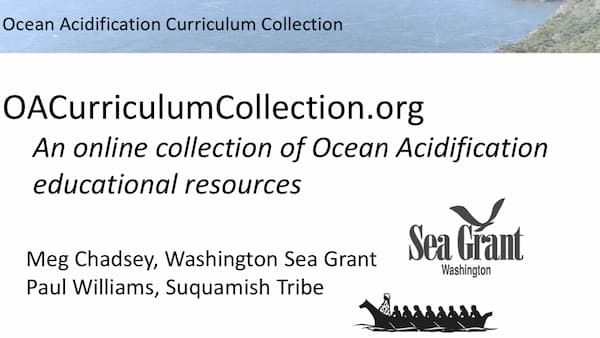
This webinar will walk you through OAcurriculumcollection.org - a new searchable database of lessons and supplemental materials on ocean acidification. Our purpose in creating this site is to make it easier for educators and communicators to find and share OA materials, and to identify gaps where materials are needed.
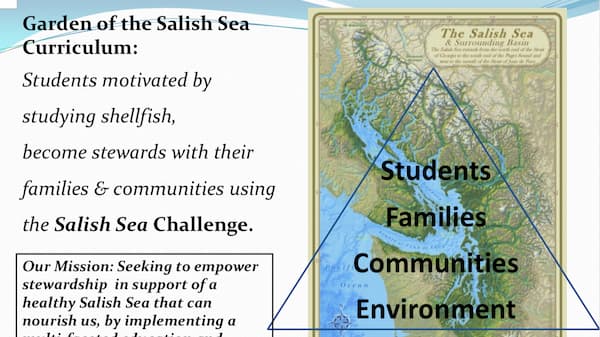
Our webinar will introduce teachers and educators to our program. We'll give you our recipe for inspiring curiosity and connecting students to intertidal ecosystems through shellfish studies. From sample lessons to our OA lab series and field inquiry we hope you'll see how students are motivated to become stewards.
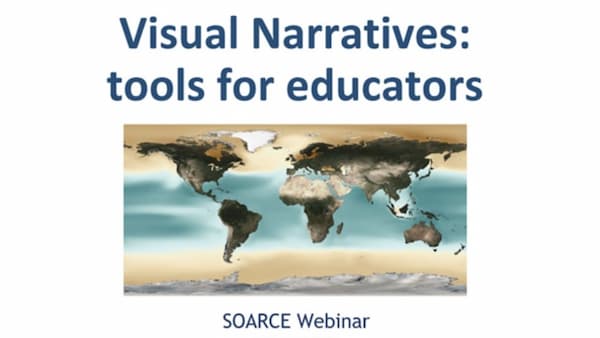
Would you like tools to help interpret complex, global-scale data and issues like ocean acidification in engaging and empowering ways? This webinar reviews such tools, developed by the Visualizing Change project.

The NOAA Ocean Acidification Program offers a place-based ocean acidification education toolkit focused on elementary and middle school students in the Pacific Northwest.